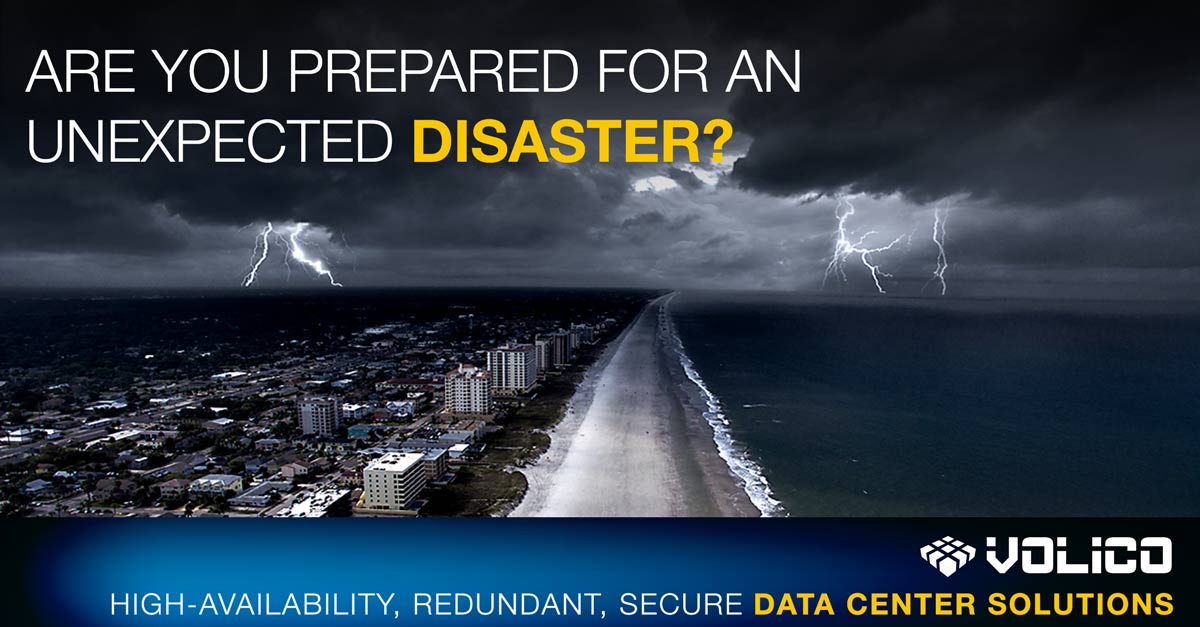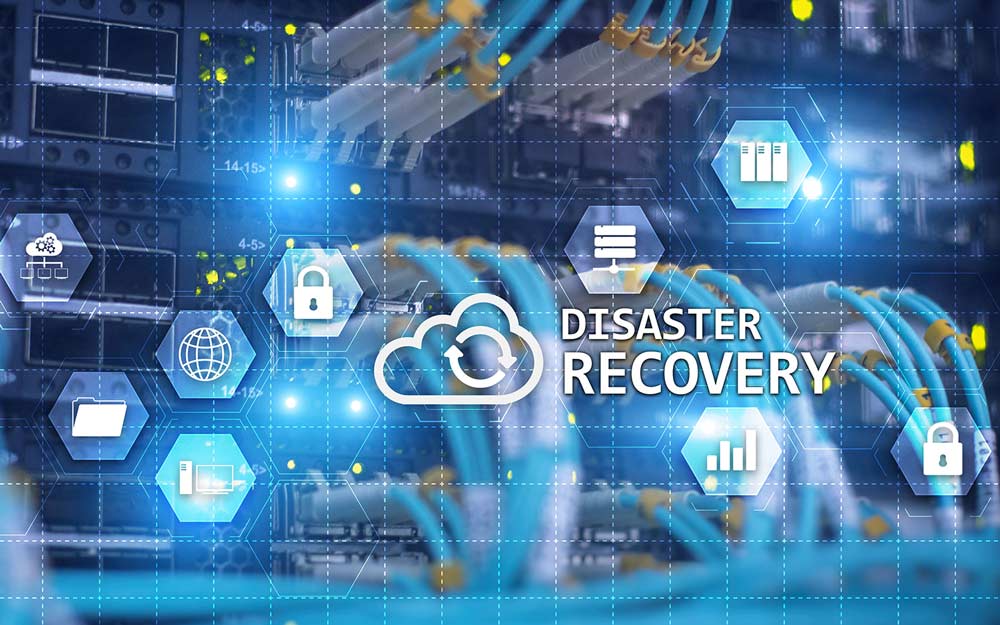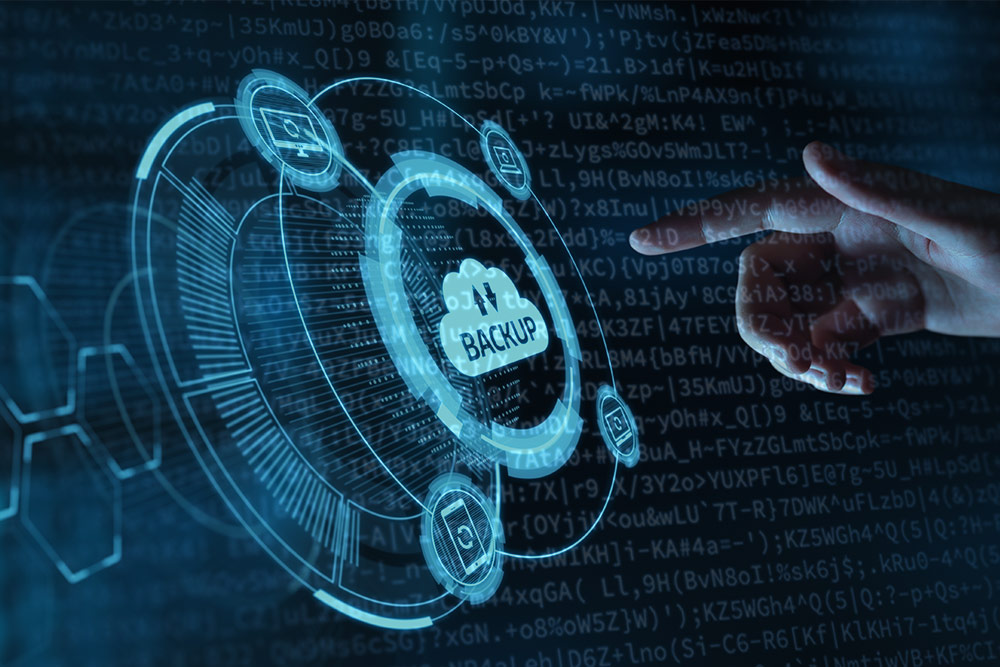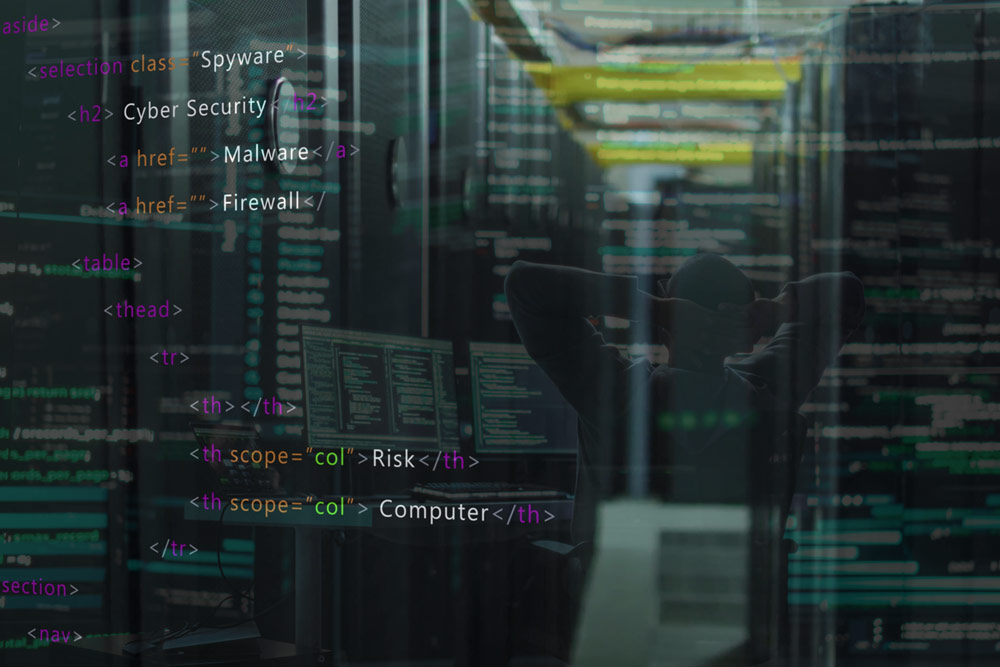Disaster recovery is defined as a set of procedures that help to restore infrastructure and operations after being hit by a major catastrophic event. Disaster recovery solutions are planned in advance and go into action to reduce downtime and mitigate the negative effects after a disaster. To prepare for situations like this, organizations often create a disaster recovery plan, which serves the goal of maintaining business continuity after major operational disruptions and data loss. The disaster recovery plan is created and carried out by the disaster recovery team.
Most organizations who’ve experienced a disruption in the past know that a lot can depend on how collected and how fast the organization is able to respond to an incident. Having a detailed plan of action, where everyone knows what to do and when can serve as a solid foundation for a successful recovery process.
This article will look at what a disaster recovery team is and who should be included to form an efficient group that can confidently handle even the most difficult situations. Let’s jump right in.
The Key Responsibilities of a Disaster Recovery Team
Putting together a disaster recovery team is one of the most important first steps of a comprehensive disaster recovery plan. This team will be responsible for creating the plan, but also for testing it, and implementing it in case a real disaster occurs. The team is responsible for developing, documenting, and carrying out data and IT infrastructure recovery procedures to ensure business continuity after an event.
For successful, collaborative disaster recovery planning, the disaster recovery team should include members from all the critical divisions of an organization, and an expert who oversees all areas is also essential. Assigning these positions can be crucial for developing and maintaining an efficient recovery strategy that can minimize the impact of an emergency situation.
In the following, we will look at the most important roles typically assigned in a disaster recovery team.

Roles on Your Disaster Recovery Team
Disaster Recovery Team Leader
The disaster recovery team leader role is typically assigned to a senior IT manager, or CIO, who oversees the whole DR team. They orchestrate all recovery efforts, manage resources, and communicate with stakeholders. The team leader ensures that the organization prepares with a DR plan, can maintain continuity, preserves a good reputation, and puts an effort into building resilience against future incidents.
Crisis Management Coordinator
The crisis management coordinator oversees the data recovery processes in case of a disaster. They develop and implement crisis management plans, conduct risk assessments, and coordinate communications between departments for the entire recovery process. This role oversees incident response and resource management, ensuring that all team members understand their responsibilities. They are the first line of defense when problems arise, and they ensure that nothing stands in the way of the recovery process.
Business Continuity Expert
Business continuity is a complex endeavor, encompassing a series of strategies necessary to recover and keep a business operational in case a disaster strikes. So, a business continuity expert is responsible for keeping an eye on everything, ensuring that operations don’t come to a halt. They overlook the entire organization, with a special focus on a few specific areas of disaster recovery. To efficiently fulfill the role, the business continuity expert typically has a background in IT, emergency management, or business and has a deep understanding of orchestrating complex systems.
One of the main responsibilities of the business continuity expert is to ensure that the disaster recovery plan lines up with the organization’s objectives. Typically, the Business Impact Analysis report determines those business objectives and needs before the DR planning starts. The BIA encompasses setting recovery time objectives and recovery point objectives, as well as setting the direction for DR planning. A thorough analysis is crucial to identifying goals and needs.
The role of the business continuity expert on the disaster recovery team is to make sure that recovery needs are supported and communication is in alignment between departments. The business continuity expert has to ensure that the business continuity needs appear in the DR plan and that the IT department is aware of the fundamental business continuity needs of the organization in an emergency situation.
Impact Assessment and Recovery Unit
In case an actual catastrophe hits an organization, the role of the impact assessment and recovery team within the disaster recovery team will take center stage. In order to successfully restore operations, this unit has to cover four essential areas: networks, servers, storage, and databases. Ideally, an organization needs a representative for each of these areas. These representatives work together to develop, test, and carry out the solutions to recover operations, ensuring that the strategies also meet the business continuity needs laid out in the BIA. Here’s what representatives of each of the four essential areas are responsible for.
Networks and Telecom
The networks and telecom unit ensure the stability and functionality of network infrastructure during a disaster. They manage connectivity, troubleshoot issues, and restore network services. A disruption can cause communication delays within the business, but also with external clients and stakeholders. Network responsibles maintain routers, firewalls, and VPNs and restore the whole communication infrastructure.
Servers
The server representative has a deep knowledge of all kinds of server infrastructures and focuses on maintaining and efficiently restoring server operations after a disaster. They must be experts on backup technologies, implementing failover procedures, and monitoring. Their role on the disaster recovery team is crucial as they ensure that all applications and services hosted on both physical and virtual server environments are brought back after a disruption.
Storage
The storage representative deals with storage systems, with data integrity and availability as their core focus. They oversee backup processes, data replication, and protection. This disaster recovery team’s role is crucial in ensuring that data is safe, accessible, and restored without errors.
Database Administrators
The database rep on the disaster recovery team ensures the integrity and availability of databases. They are responsible for database backups, data recovery processes, and performance monitoring. Database admins restore databases post-incident, and their efficiency influences other DR processes. They ensure consistency across systems, and their actions have a direct influence on application data and database recovery.
IT Applications Monitor
Depending on the disaster recovery plan and the severity of the incident, the role and impact of the IT applications monitor varies. Even in a moderately severe situation, the IT applications monitor needs to know what application tasks to execute while focusing on the pre-defined restoration strategy. They ensure data consistency, application integrations as well as app settings and configurations. They must have a deep understanding of app functionalities and dependencies and work together with the impact assessment and recovery team to take the necessary steps to meet business continuity needs as well.
Final thoughts
When it comes to assembling a successful disaster recovery team, these critical roles should be your target. However, successful business continuity can sometimes be a matter of not overlooking less critical applications either, as they can play a pivotal role in overall functionality when a disaster occurs. Assembling a diverse DR team guarantees that you can develop through recovery plans covering all aspects of your business. Efficient coordination and communication across sectors and teams allow you to leverage collective expertise and achieve a stronger security posture.
If you want to develop a bulletproof DR plan and need help with assigning roles on your disaster recovery team or just want to learn about Volico Data Centers’ disaster recovery services solutions, call (305) 735-8098 or chat with a member of our team of DR experts to find the solution that best fits your business’s specific needs.











